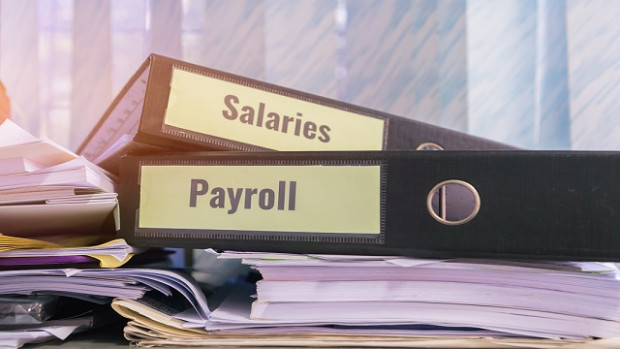

Business groups, Labor and unions want the Morrison government to follow the UK and introduce a wage subsidy rather than let jobless people queue for days for benefits during the coronavirus crisis.
But Prime Minister Scott Morrison isn’t having a bar of it, insisting the government is already providing money to business to help them retain their staff.
He said one of the weaknesses of a wage subsidy would be that an entirely new payment system would need to be built for that to be achieved.
“(Such a system) is never done quickly and has never done well and that will put at great risk the sort resources we are trying to get to people,” the prime minister told reporters in Canberra on Wednesday.
“The best way to get get help to people is through the existing payment channels, through the existing tax system arrangements. That was the lesson from the GFC.”
Under the government’s scheme, a worker would have to be sacked before they see any benefits.
But a wage subsidy would guarantee a business could pay at least part of their workers’ wages without having to lay them off and so potentially keep skilled workers who might not return when the virus is declared over.
Labor says the government is not doing enough in providing an incentive for people to be kept in work.
“The government has made a deliberate decision to shift people from work to welfare,” Opposition industrial relations spokesman Tony Burke told reporters in Sydney.
“The Centrelink queues at the moment we are seeking are showing exactly that.”
Thousands have already lost their jobs as businesses shut down, either voluntarily or forced, to counter the spread of COVID-19.
“The last 48 hours have been an absolutely shocking time for working Australians,” ACTU secretary Sally McManus told ABC radio.
Out-of-work people are queuing outside Centrelink offices for a third day in a row as the government’s welfare services online portal struggles to keep up with demand.
“There would be no lines outside Centrelink if we had a wage subsidy like the UK,” Ms McManus said.
Employers and employees would have certainty that 80 per cent of wages would be covered, she said.
Under the government’s plan to temporarily double the Jobseeker allowance – previously known as Newstart – people will have to wait five weeks to get that extra benefit.
The Australian Retailers Association, Australian Industry Group, the Council of Small Business Organisations Australia and the Small Business Ombudsman are among those urging the government to introduce a wage subsidy.
Ai Group’s chief executive Innes Willox warned the government to be prepared to maintain its assistance to business for at least a year and well after the crisis is declared over.
“One day, when this is over, business won’t just return to normal the next day, it is going to take time for business to get up and running again,” he told ABC radio.
This will put even more pressure on the federal budget that will now sink into deficit rather than the long-promised surplus.
Westpac economists expect a deep recession – the first in nearly three decades – and a spike in the unemployment rate to 11 per cent by mid-2020, more than double the rate it is now.
As such they expect the budget position will deteriorate sharply over this year and next.
From a balanced position in 2018/19, they expect the budget will sink into a $90 billion deficit in 2019/20 and then $160 billion in 2020/21 – taking into account the government’s stimulus measures and the deterioration in the economy.

